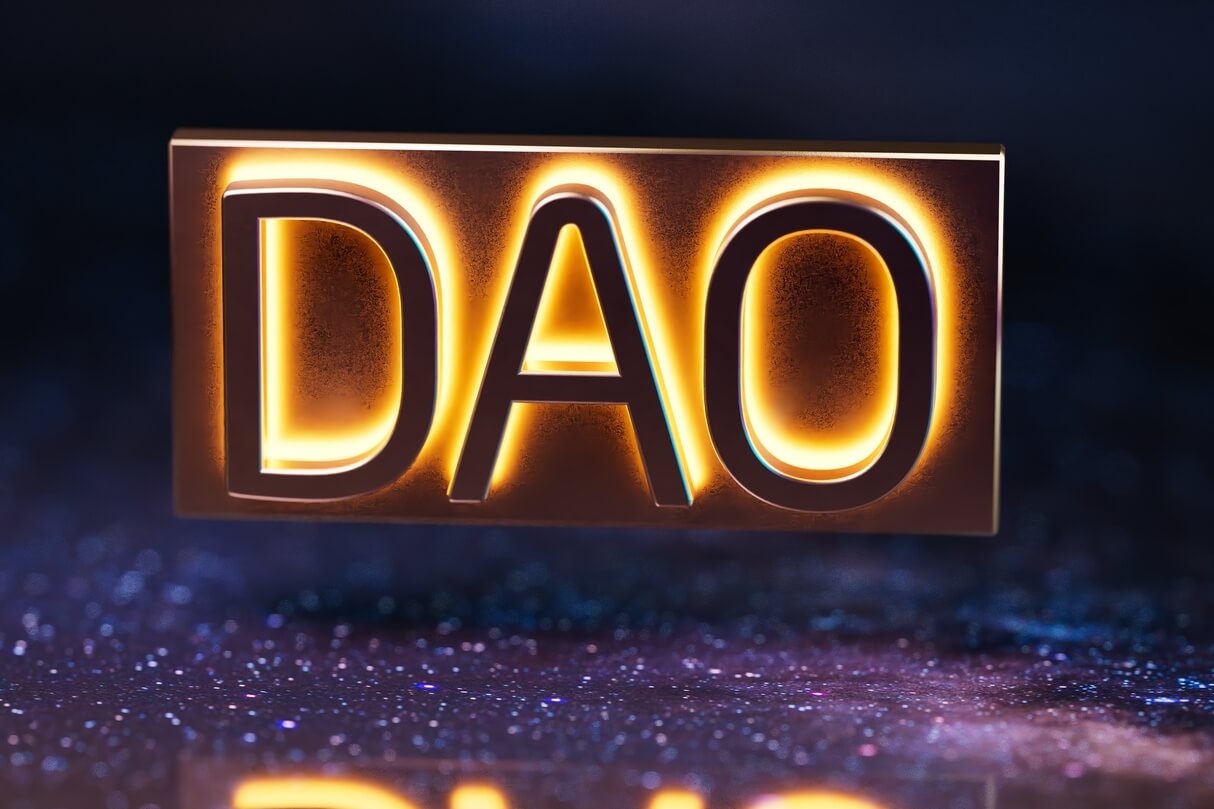How DAOs Can Adopt Best Practices for Treasury Management in a Bear Market

Kevin Chan is the treasurer of UMA, an optimistic oracle used to build decentralized applications in DeFi and Web3, and a former managing director at Goldman Sachs.
_____
April is financial literacy month in the US, which is always a good time to do some financial housekeeping and to review best practices when it comes to effective treasury management.
Whether you’re managing personal finances, a traditional financial (TradFi) portfolio, or are focused on DAO (decentralized autonomous organization) treasury asset management in the burgeoning decentralized finance (DeFi) industry, there are some practices to respect and appreciate.
In TradFi, there are patterns in the advice people seek, most of it focused on getting rich quick:
- What patterns do you watch for on charts?
- When should I buy the dip?
- What’s your favorite stock?
In DeFi, the common questions include:
- What do you farm?
- How much leverage do you use?
- What do you look at to trade?
These are typically the wrong questions to ask and there’s never a magic formula or silver bullet. In crypto and DeFi, financial literacy is quickly evolving, deepening, expanding, and, frankly, becoming more complicated, so good habits are essential for the continuity, security, and legitimacy-building of protocols, treasuries, communities, and DAOs. As you assess your own DAO’s financial literacy, it’s important to focus on some key themes to maintain a professional and sustainable approach to treasury management. Most of it centers on long-term planning, transparency, and organizational skills.
Focus on the mission of the DAO
DAO asset management should be focused on building. It’s important not to get wrapped up in generating massive amounts of liquidity or treating the treasury like a hedge fund.
The purpose of your treasury is to support your project and community. Therefore, treasurers should focus on ensuring they have the assets to provide runway and survive market cycles (bear markets in particular). To do this, you really just need some core assets like ethereum (ETH) and stablecoins, or a mix of tokens you think are needed to maintain your operations for the future.
Lean away from farming and dumping as a way to generate assets quickly. You wouldn’t want that type of behavior to take place in your community or protocol, so don’t do it to others. Collaboration and education is the key to success in DeFi.
Don’t take money from just anybody. Instead, focus on finding investors who provide strategic partnerships or people who believe in the long-term vision of your project.
To take on an investor because of their cachet or fame can lead to problems if they don’t actually believe in your project. Ego-based investments like that are prone to flipping to make a quick buck. Treat fundraising with deliberation and attention to detail.
Uphold transparency and accountability
You represent the DAO and the community, so it’s important to obsess about communication and tracking. To do this, a DAO treasurer needs to maintain regular, professional accounting practices.
That means a treasurer must know who is getting paid what, when, and why. In DeFi, this takes particular discipline and focus given the “anon” nature of communities and the industry as a whole. It’s crucial for an effective treasurer to be clear about your treasury with the core team and practice accountability with community members.
That will help to prevent unfounded accusations of financial wrongdoing by members of your community. It’s a legitimate fear, as episodes of fraud, or rug pulls, have been well documented in crypto and DeFi.
Problems can emerge if you are moving tokens around legitimately, but somebody thinks you are dumping them. Or if you are sending funds to various wallets to pay contributors, but you are not keeping a record of it.
Fear, lack of trust, and uncertainty will lead to fragility and collapse in crypto.
Meantime, maintain a sober perspective on your treasury runway and understand how far your treasury will take you in the absence of profit or through a bear market or unforeseen setbacks.
The industry is constantly in a battle for talent, and being honest and clear about your organization or community’s financial runway can help attract and retain good people with the right skills.
Use your assets to reach your goals
In the DAO context, this means mobilizing your assets to support your protocol, while also using assets to support partners — especially the ones that share values and are important members of your ecosystem. For example, if you operate an asset bridge, use your own assets to help sustain the liquidity pool that allows the bridge to function.
Success in DeFi is not siloed; its very nature is to be decentralized, permissionless, and collaborative. That ideal or vision should extend to how assets are managed.
While the belief of WAGMI (We’re All Gonna Make It) may be a bit stale and unrealistic at this stage of DeFi’s evolutionary cycle, there is some truth to the sentiment that many protocols will only have success if they can rely on each other.
____
Learn more:
– What’s in Store for DAOs in 2022?
– How To Legally Structure a DAO
– Growing as a DAO – MakerDAO Lessons
– Top Trends at ETHDenver 2022: DAOs, DAOs, Regulation, DeFi, and DAOs



